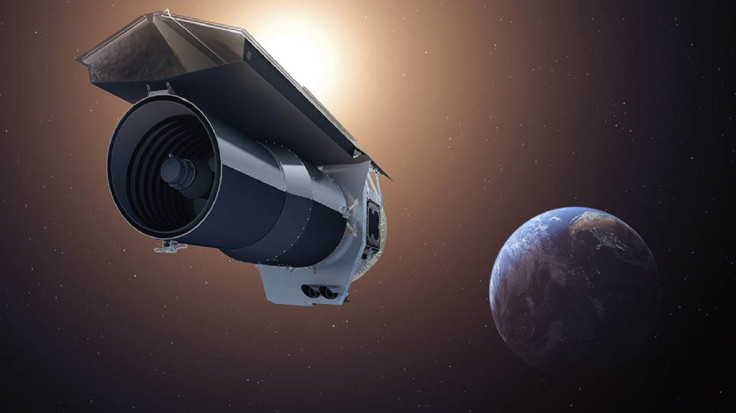NASA Says Goodbye, Pays Tribute To Spitzer Space Telescope After 16 Years
KEY POINTS
- The Spitzer Space Telescope is part of NASA's Great Observatories Program
- Launched in 2003, Spitzer is finally retiring on Jan. 30
- NASA will celebrate Spitzer's 16-year mission via a live program on Jan. 22
NASA is just days away from saying goodbye to the Spitzer Space Telescope. On Jan. 30, Spitzer will transmit its final data after 16 years of incredible discoveries.
Spitzer’s Final Voyage
On Jan. 22, NASA will host a live program to celebrate the legacy of the Spitzer Space Telescope. The event will include various experts, including NASA’s Director of Astrophysics Paul Hertz, and will air live via NASA Television, Facebook Live, YouTube, Ustream, Twitter, and the NASA website.
During the live event, members of the public can ask questions via Twitter using #askNASA, or via the comment section of NASA’s official YouTube or Facebook pages.
After Spitzer concludes its mission, an international scientific conference will also be held at the California Institute of Technology from Feb. 11 to 13. The conference, titled “Celebrating the Legacy of the Spitzer Space Telescope,” will highlight the major scientific breakthroughs that were made possible because of Spitzer and emphasize the Spitzer science that is shaping the future of astrophysics.
As Spitzer ends its mission, it is paving the way for the James Webb Space Telescope, which will launch by March of 2021. That said, even after Spitzer’s mission ends, scientists will continue to mine its 16-year data in the coming decades.
Spitzer Space Telescope Legacy
Spitzer is part of NASA’s Great Observatories Program, in which a family of four space-based observatories was created to observe the Universe in a different kind of light. The mission includes the Hubble Space Telescope, the Compton Gamma-Ray Observatory, and the Chandra X-Ray Observatory. As for Spitzer, it studied the cosmos in infrared light.
Originally, Spitzer was built to last for a minimum of 2.5 years, but it lasted in the cold phase for 5.5 years. The reason that the team operating Spitzer has decided to finally retire is after 16 years is because of its decreasing functionality.
Launched in 2003, Spitzer revolutionized our understanding of the Universe, from planetary systems around other stars to the evolution of galaxies in the nearby and distant universe. Some of its amazing discoveries include some of the first studies of exoplanet atmospheres and the confirmation of two and discovery of five of the largest batch of terrestrial planets ever found around a single star.

© Copyright IBTimes 2024. All rights reserved.






















